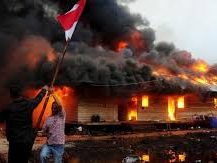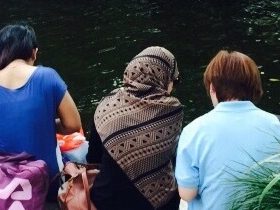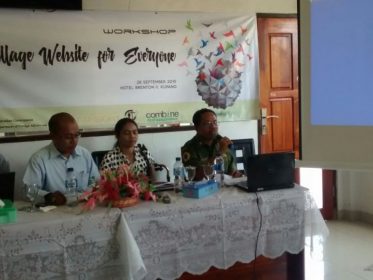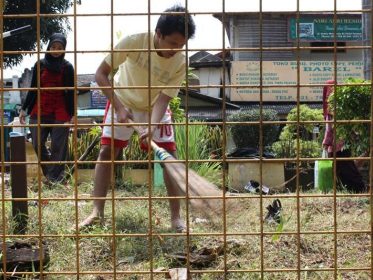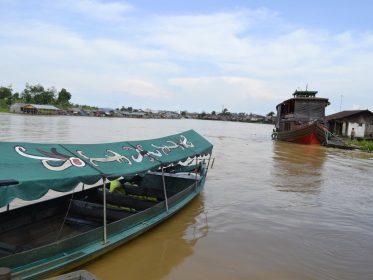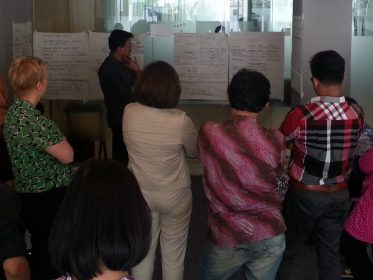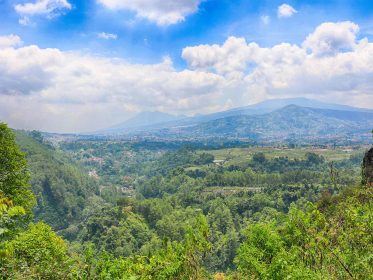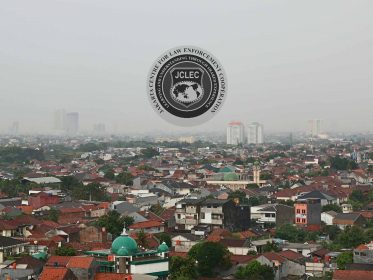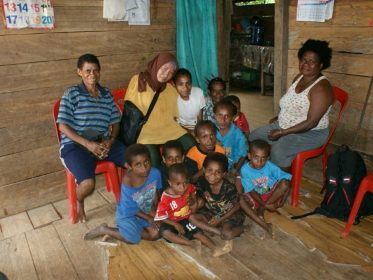Indonesia
The Indonesian constitution provides freedom of religion for 6 officially recognized religions. East Asia has traditionally had a high level of tolerance towards diverse religious practices, but religious intolerance seems to have been growing in recent years, indicated among other things by violence and discrimination towards religious minorities. For example, the Setara Institute reported 197 violations against freedom of …
Research on security and justice among religious minorities in Indonesia Read More »
Seefar is conducting innovative modern slavery research in four countries to measure the prevalence of indicators among migrant domestic workers. The first publication related to this research was released in February 2016: Modern Slavery in East Asia: Protecting the rights and promoting the autonomy of domestic migrant workers from Indonesia and the Philippines. Visit the research …
Large Scale Research on Modern Slavery in East Asia Read More »
The new Village Law with a set of new regulations has been passed by the Indonesian House of Representative. It must improve the welfare of people in approximately 75.000 villages. One of the components in this law is the development of websites at village level. Seefar is supporting this movement with funding from DFAT and has started with a …
Reducing Social Exclusion in Indonesia: Disability Program Read More »
Seefar is conducting quantitative research in East Asia to understand and reduce the prevalence and impact of modern slavery among migrant domestic workers, made possible by a grant from the Macquarie Group Foundation. There is a broad and diverse range of issues associated with modern slavery and migrant exploitation and marginalisation in East Asia and Southeast Asia. Geographically, the programme …
Migration Research: Modern Slavery in Southeast Asia Read More »
Much of Southeast Asia’s ‘territory’ is in fact water, with around 80% of the region being sea or coastal waters. The countries of the region have recognized the importance of managing marine resources and migration through territorial waters and in the high seas, for economic and security reasons. Maritime security is critical to Southeast Asia’s economic development, …
Seefar is supporting The Asia Foundation in implementing PNPM Peduli, Indonesia‘s national development program focused on addressing social inclusion. Our job is to provide the monitoring, evaluation and learning team, as well as to design and maintain the management information system (MIS) that will coordinate and monitor action among the 70+ NGOs participating. PNPM Peduli works with six diverse groups: vulnerable …
Theories of Change for Social Inclusion in Indonesia Read More »
PNPM Peduli is Indonesia’s national development program focused on addressing social exclusion. Run in a pilot phase over recent years by the World Bank, in 2014 Peduli will transition to management by The Asia Foundation, in close cooperation with Indonesia’s Kemenko Kesra or Coordinating Ministry of Welfare (in November 2014 changed to Kemenko PMK or Coordinating Ministry for Human …
Supporting The Asia Foundation and PNPM Peduli in Indonesia Read More »
Seefar is excited to be working with Social Science Dimensions on an evaluation of the Jakarta Centre for Law Enforcement Cooperation (JCLEC). Indonesian and Australian inspiration to create JCLEC grew out of the Bali bombings in 2002, which demonstrated a shared threat and showcased a positive experience of cooperation in response. Established in 2004, JCLEC is approaching its 10th …
Evaluating the Jakarta Centre for Law Enforcement Cooperation Read More »
Social Exclusion – An Introduction The purpose of development in a society is to improve the quality of life of its people. This is confirmed by some of the main ways used to measure development, for example the UNDP Human Development Index, which was created to emphasize that people and their capabilities should be the ultimate criteria …
Towards Inclusion: Reflecting on the Elements of Social Exclusion Read More »
- 1
- 2
